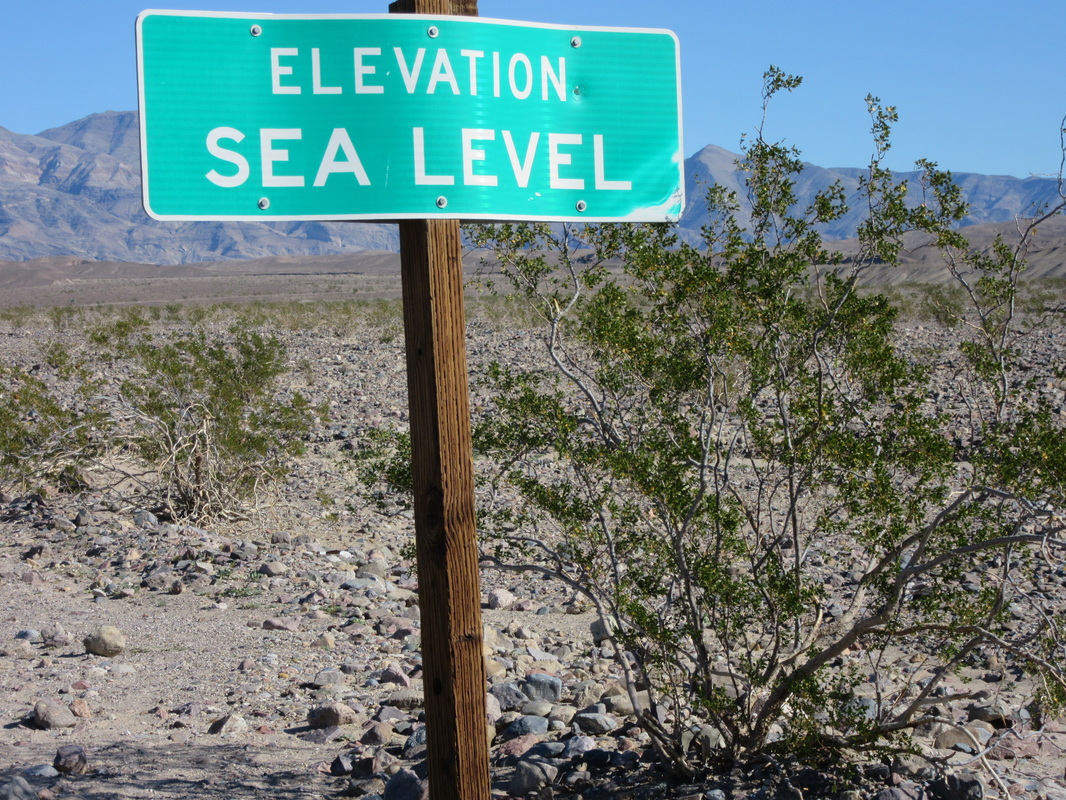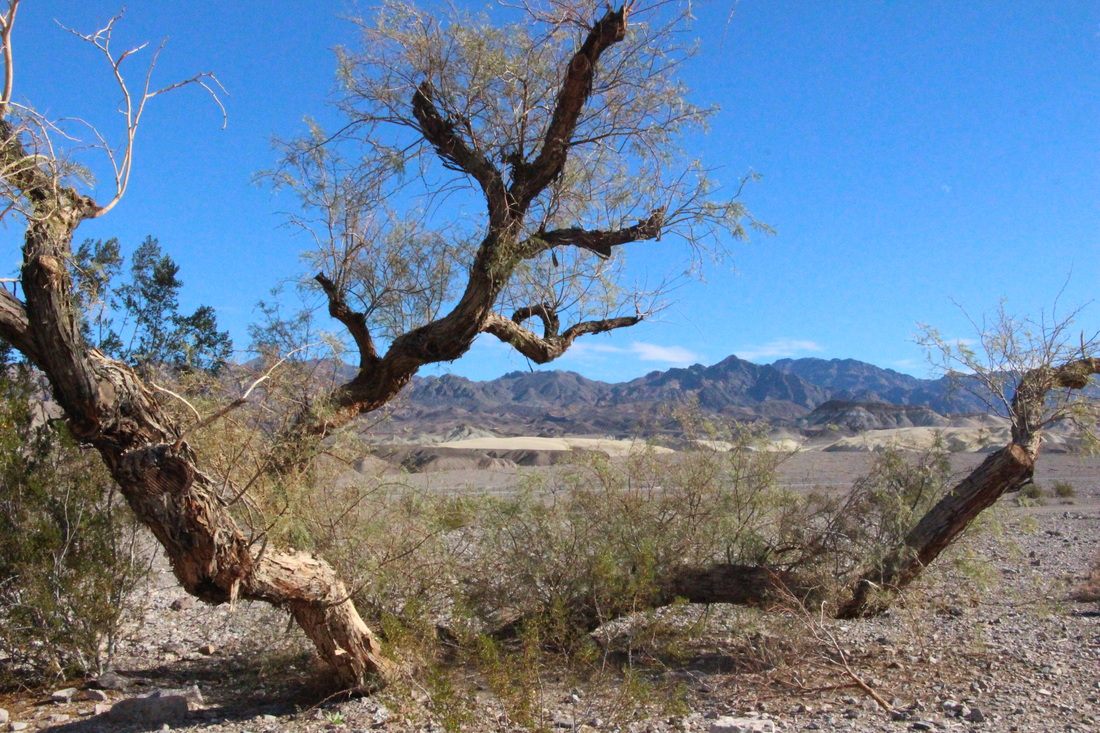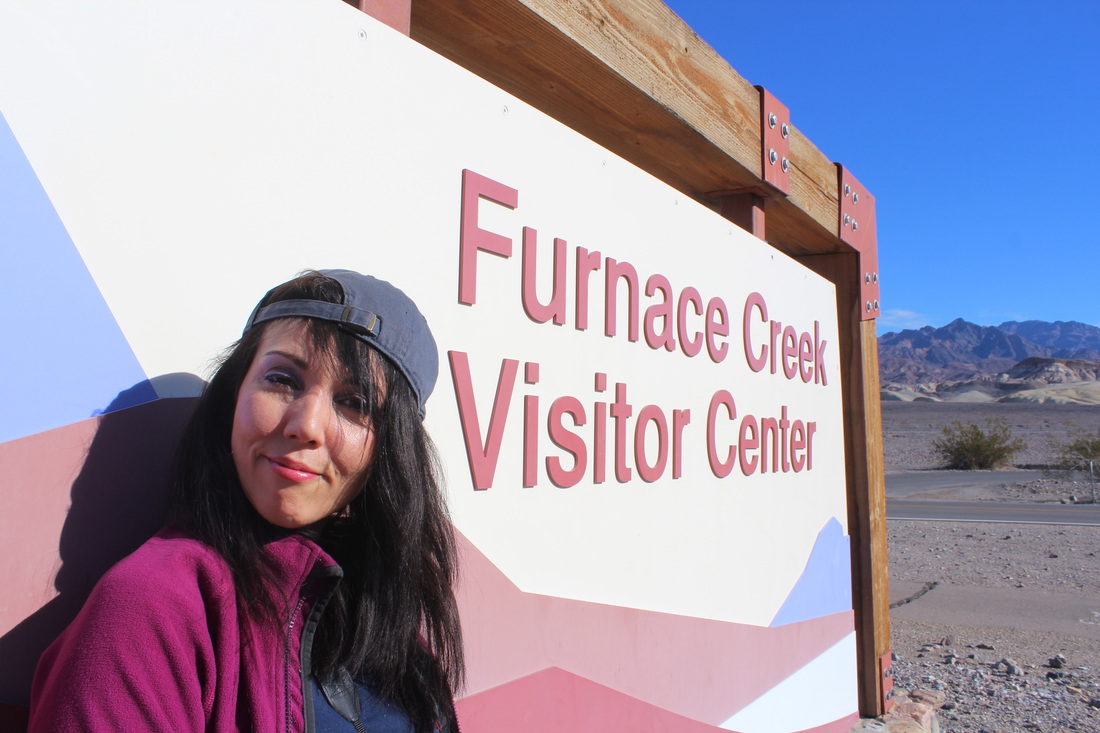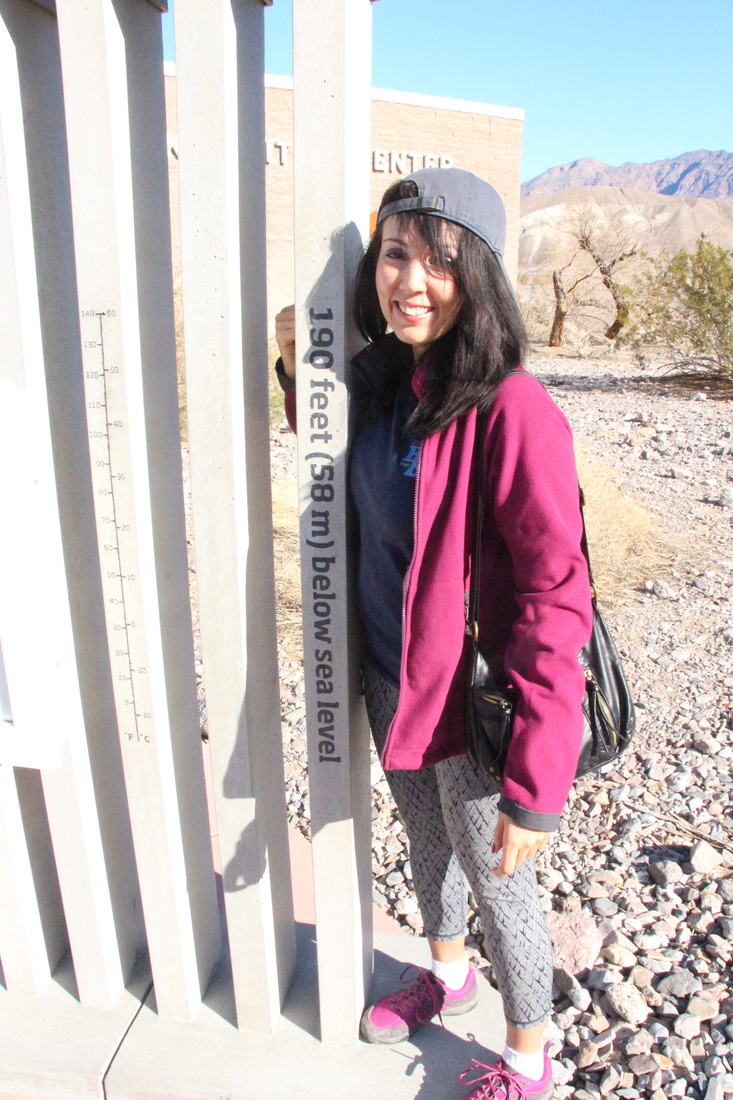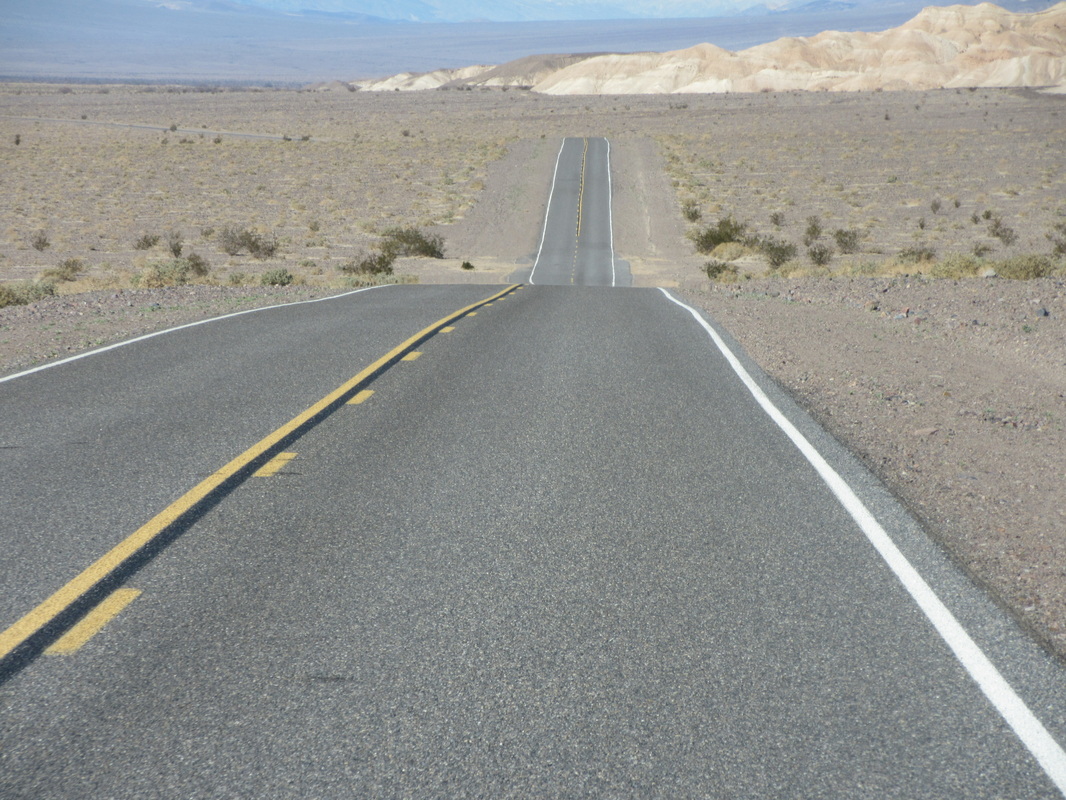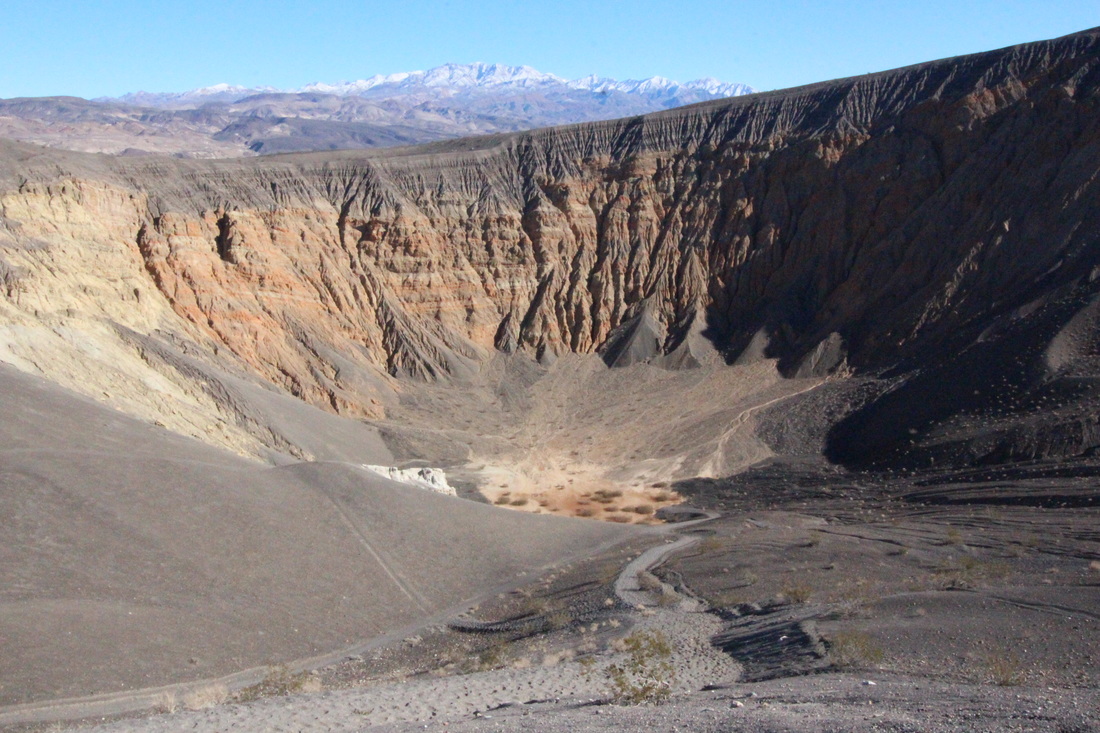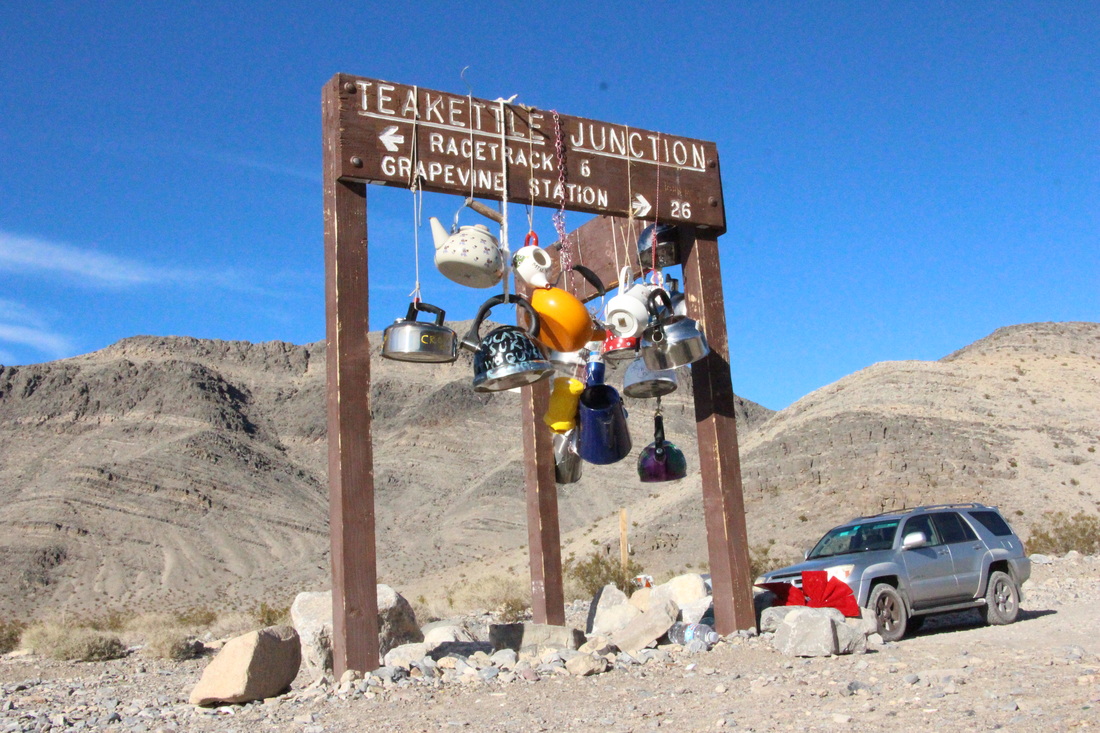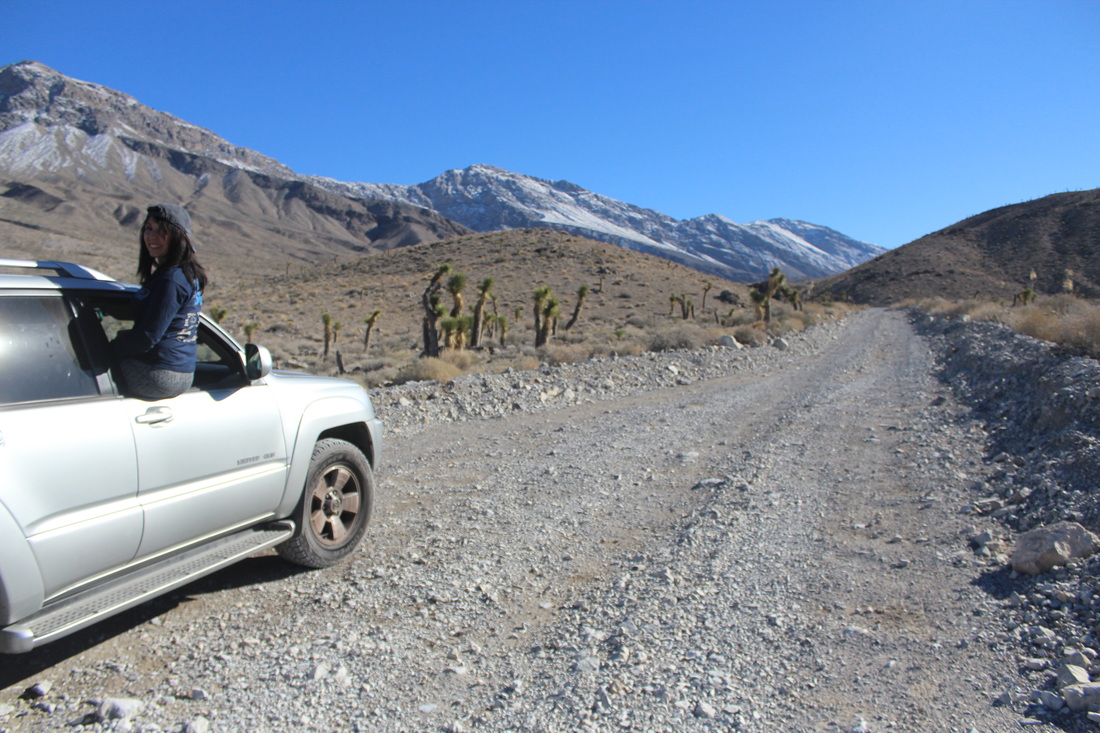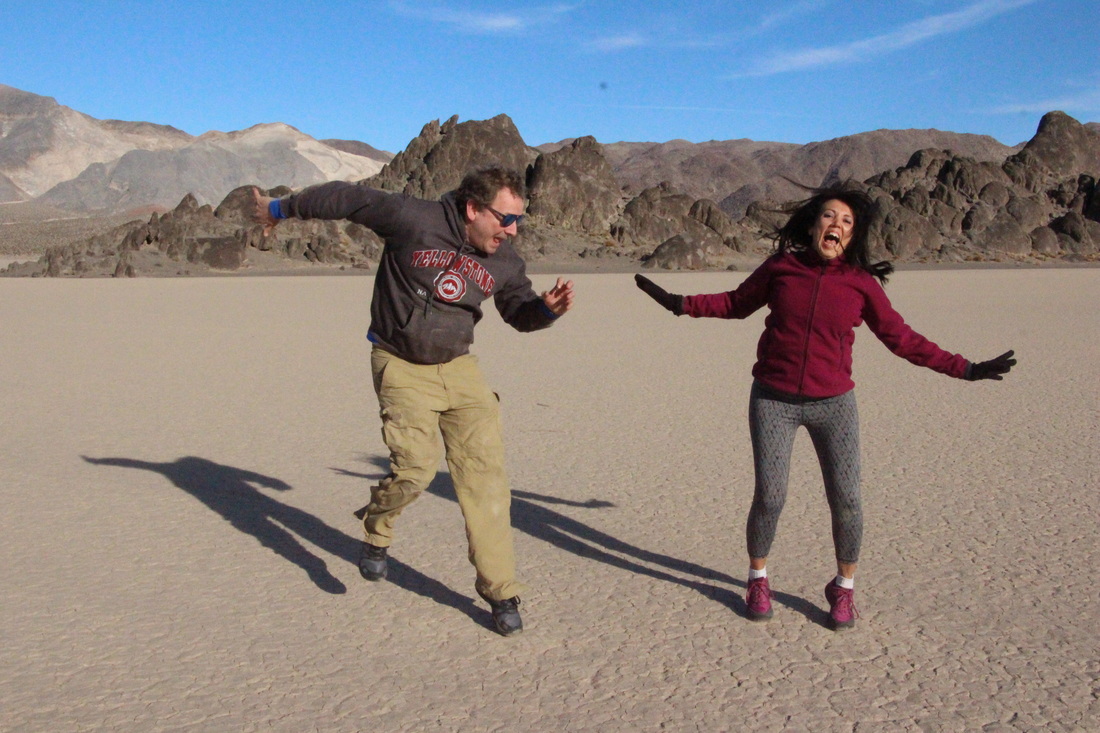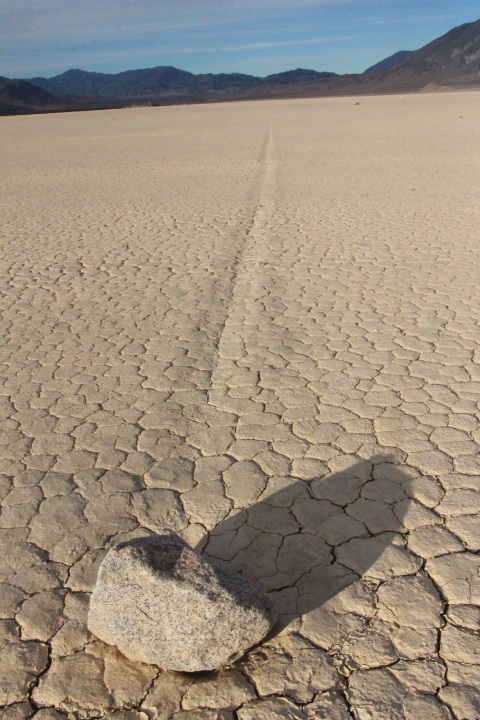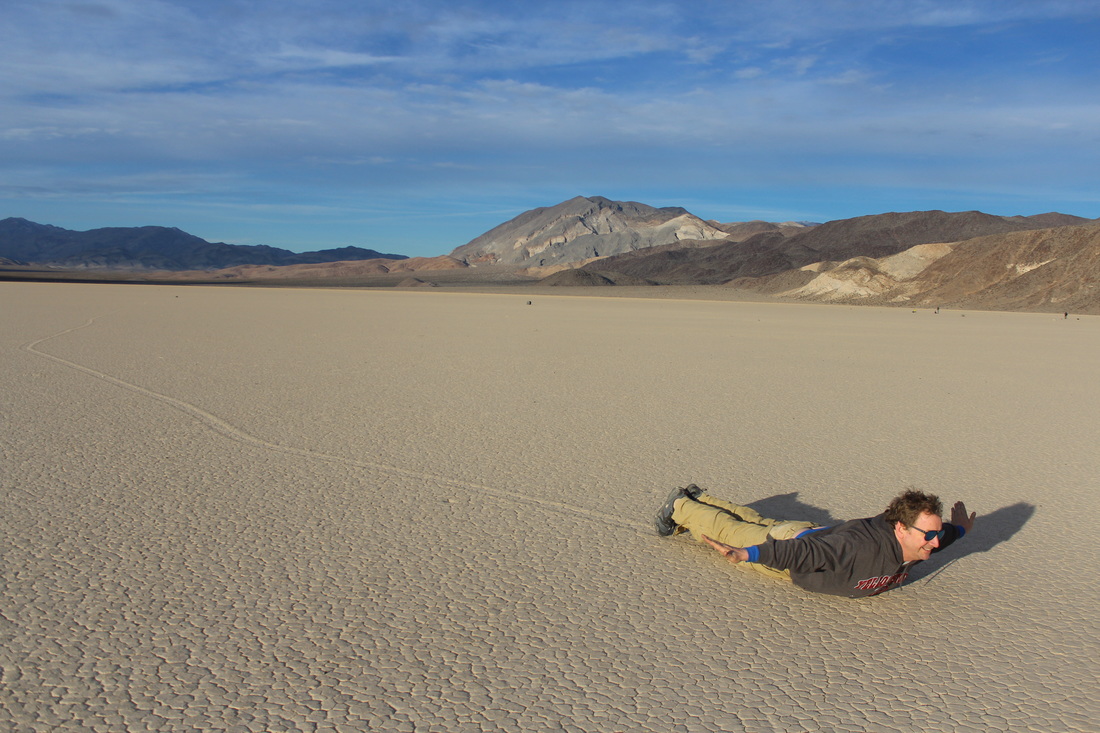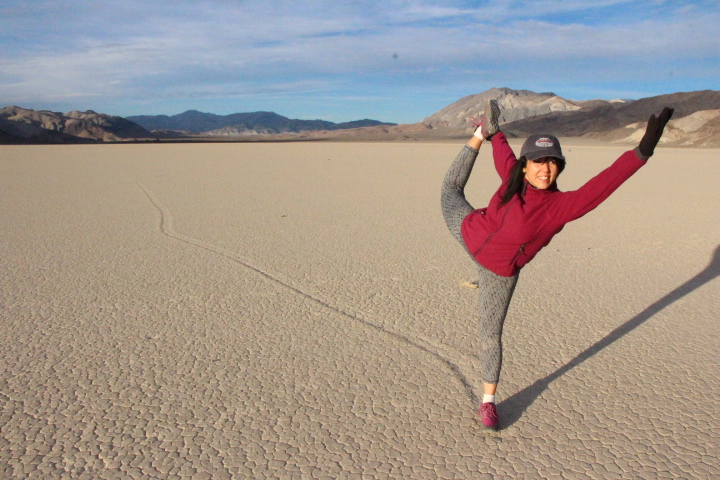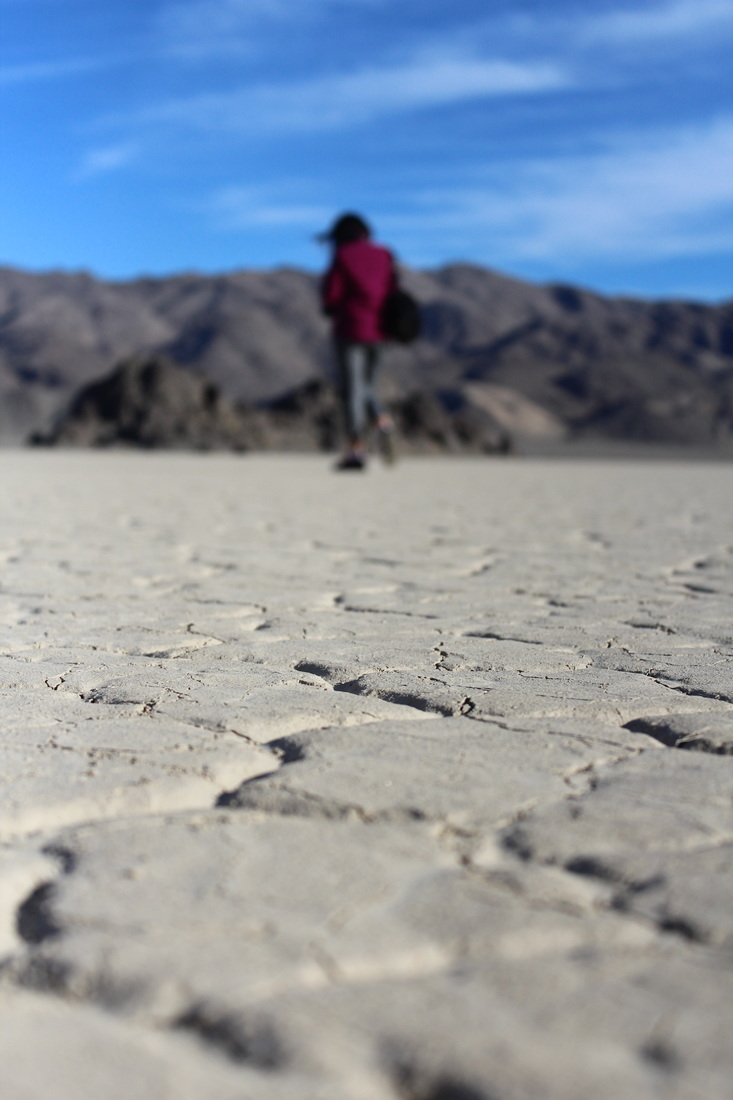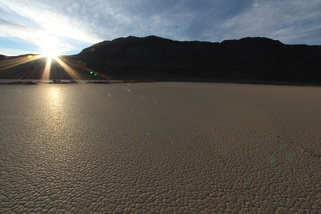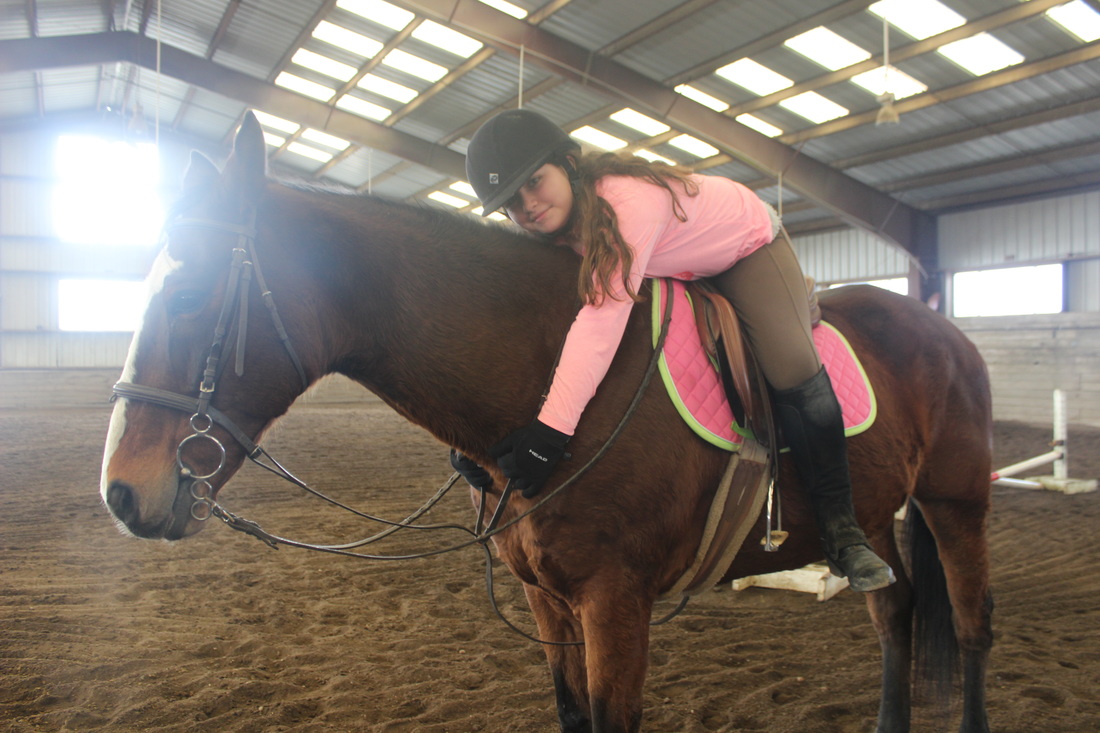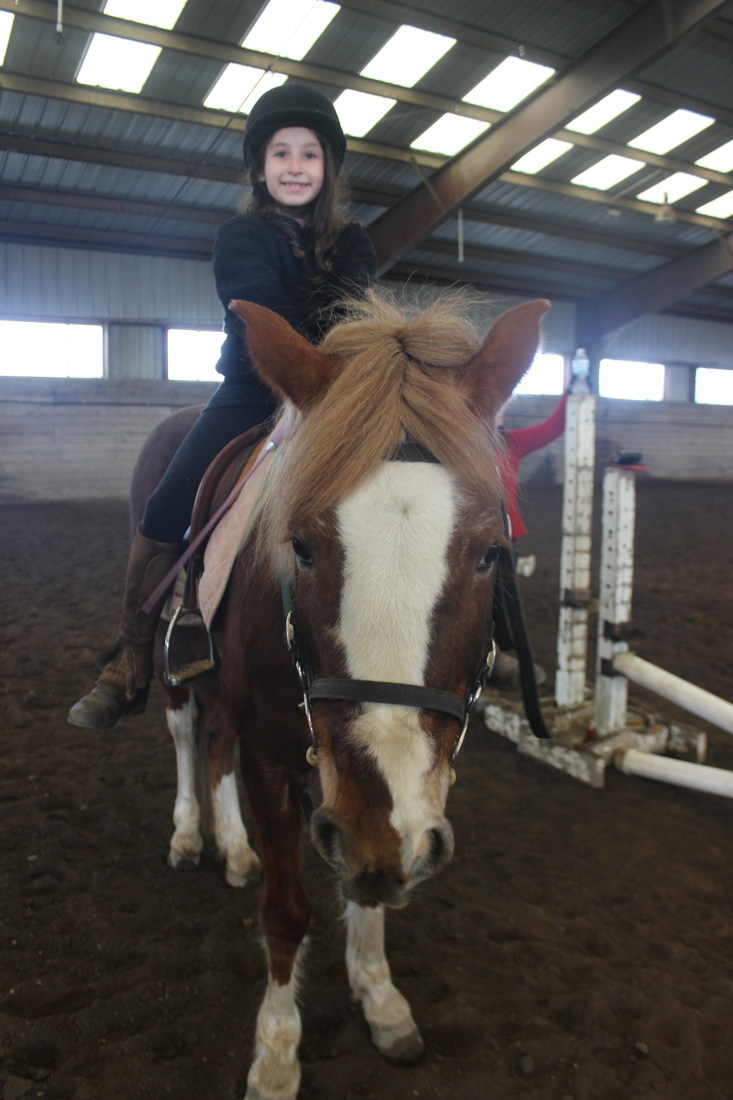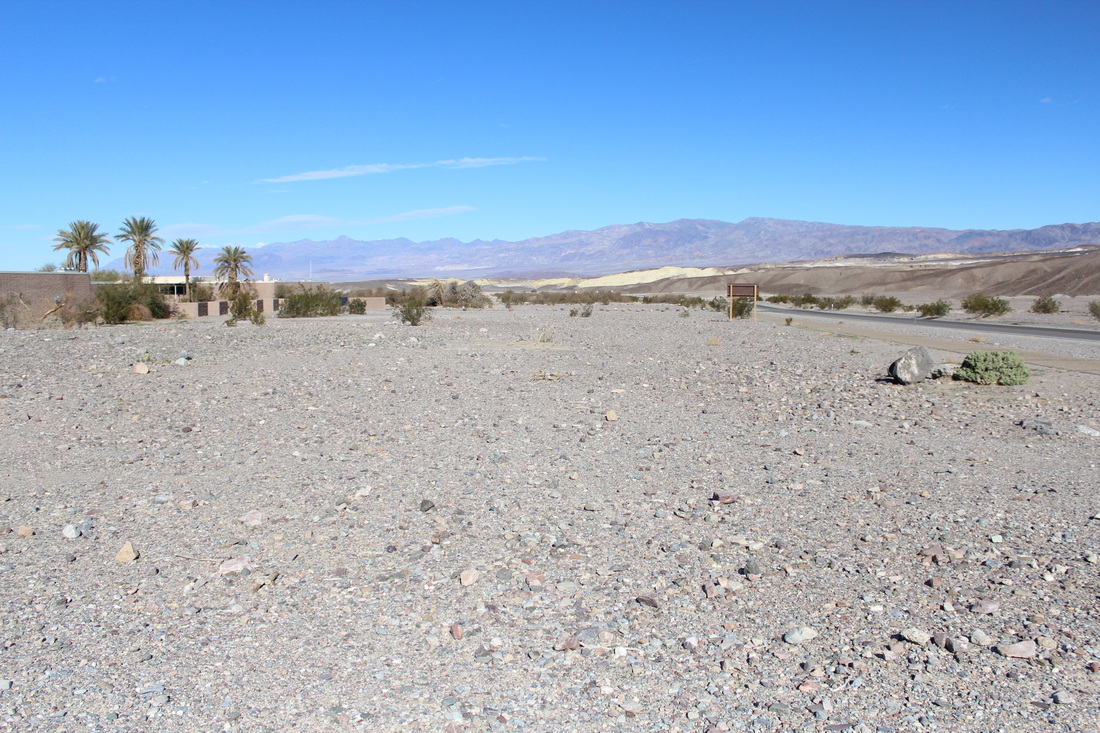Tanya's Daily Scoop | Elisa's Daily Scoop
Good morning this wet and rainy Sunday here on Long Island! It was nice to begin my blog with a view of Tanya's photos from Death Valley National Park - that gorgeous blue sky, Tanya, all dressed up, pretty in pink!! The weather here is too wet for even the ducks, as my friend Phyllis said to me today! Unfortunately, the weather did alter my plans slightly. So, here's the deal... I took the girls to the barn yesterday, for their regular Saturday "camp." Our plan was to stay the whole day. While at the barn, Gianna began to bug me about coming back today. A few of the girls at the barn were coming for a special Sunday camp day and she wanted to join them. My strenuous knee jerk was a resounding no since next weekend is a three-day weekend and we had planned to spend two days at the barn. But, after some begging, I gave in. Big mistake. As a result, Gianna only rode half day (figuring she'd ride today and we left a tad bit earlier than usual. I figured since she was going to be back tomorrow, we'd head back to Nassau a little earlier yesterday. Today, the day was going to start in the afternoon, so we would both get to sleep in. Then, while Gianna rode, I would get to spend another lovely afternoon out east. Well, when I woke up to the pouring rain this morning, I just had no energy and was dreading the roads, the possible floods and moreover, the idea of sitting in the cold barn to avoid the rain, rather than having the option to be outdoors in the sunshine. Needless to say, Gianna was VERY upset and disappointed with my decision for us not to go. In the end, we had a nice talk and she really did understand that it was a last minute plan that I made under duress (to please my horse-loving daughter) and that we would follow through with our original plan to be at the barn twice next weekend. As far as yesterday went, both girls did AMAZING riding and jumping! Travel Time!!! Although I am here in New York, I am traveling in Death Valley National Park vicariously, through Tanya's adventures this week!! How about some historic information about this must-see destination!! First, let's look at how Death Valley got its ominous name. In 1949, a party of pioneers hitched up their wagons and headed west in search of gold. A group of people decided to follow what they thought was a "short cut" map, on the advice of a young man in the caravan. Instead of a short cut, the map proved inaccurate and led them into an uncharted area. For months they traveled with lack of water and food, which led them to the brink of thirst and starvation. Legend says that as they finally made their way out, someone stood on a hill and yelled “Goodbye, Death Valley” giving this area its infamous name. As the pioneers struggled, desperate for water, they eventually found relief in the springs at Furnace Creek. Later, in the 1870's the area welcomed the first white settlers, Andrew Laswell and Cal Mowrey. Looking for water to grow crops and alfalfa for the booming towns in the Panamint Mountains to the west, Laswell and Mowrey developed hay ranches at both Bennett's well and Furnace Creek and were the first to dig irrigation ditches to harness the power of the water in the Furnace Creek area. Interestingly, ancient settlers, prior to American pioneers stumbled upon and later settled the area, Native people had been here since at least the end of the last Ice Age. The Timbisha Shoshone tribe had called it home for two thousand years. During the late 1870's, mining camps emerged by entrepreneurial individuals and mining companies. Today, the remains of the booming towns that once excited, now called "Ghost Towns" are great places of interest to visit. According to Jenna Blough of Moon Travel Guides, who has traversed through the eastern Mojave looking for these abandoned pieces of history, she lists her Five Death Valley Ghost Towns. (click link for Jenna's full article). 1. Paramint City, California Founded between 1873 and 1874, Panamint City had many mills, saloons, stores, a red light district, a cemetery - all built along the uppermost end of the Surprise Canyon. It was considered a a "bad and wicked" town, with Death Valley on one end of town and the Panamint Mountains on the other end. On July 24, 1876, a flash flood roared down the canyon and washed nearly the entire town away leaving nothing worth saving and this was pretty much the end of the town. A road was maintained to Paramint after the big storm, until, in 1993 a series of cloudbursts completely washed the canyon out to bedrock. Today, the best way to visit is with a strong vehicle, but, it's probably easier to just walk. 2. Ballarat, California It was founded in 1896 as a supply point for the mines in the canyons of the Panamint Range. It is located A quarter-mile to the south is Post Office Springs, a reliable water source used since the 1850s by prospectors and desert wanderers. It was given its name by a young Australian immigrant, George Riggins, who suggested it should be named for Ballarat, Victoria, in the heart of Australia's gold country. In its hey day, Ballarat had 400 to 500 residents, with seven saloons, three hotels, a Wells Fargo station, post office (that opened in 1897), a school, a jail and morgue, but no churches. Ballarat was a place for miners and prospectors in the area to resupply and relax. 3. Chloride City, California This town was established in 1905 when the Bullfrog, Nevada, gold discovery brought people into the area. It is located on the northern end of the Funeral Mountains in a remote part of Death Valley. This ghost town contains numerous adits, dumps, and the grave of James McKay, of whom, ironically, nothing is known. The town also holds the remains of three stamp mills, but mostly, just a few crumbling buildings are left. 4. Rhyolite, Nevada Located in the Bullfrog Hills, about 120 miles northwest of Las Vegas, near the eastern edge of Death Valley, this town began in early 1905 as one of several mining camps that sprang up after a prospecting discovery in the surrounding hills. Thousands of gold-seekers, developers, miners and service providers flocked to the Bullfrog Mining District during the gold rush, as it lay near the region's biggest producer, the Montgomery Shoshone Mine. Today, the ruins have been used in many films. The railroad depot and other buildings, and the Bottle House, which the Famous Players Lasky Corporation, the parent of Paramount Pictures, restored in 1925 for the filming of a silent movie, The Air Mail. The ruins of the Cook Bank Building were used in the 1964 film The Reward and again in 2004 for the filming of The Island. 5. Gold Point, Nevada The area that would become Gold Point was first settled by ranchers and a few miners during the 1880s. The small camp of Lime Point was formed a few hundred yards west of the present town, at an outcropping of limestone. In the early 1900's when new discoveries of gold and silver established the major mining towns of Tonopah and Goldfield, Nevada, at which point a flood of prospectors returned to Lime Point. Today, about 50 buildings still stand, including former Senator Harry Wiley's home and the post office that now serves as a museum. The Post Office Museum is open on most weekends and for large parties. Memorial Day Weekend is the annual Chili Cook-Off with prizes and drawings, food and drink, games and live music all day and through the night. Well, folks, enjoy the rest of your Sunday!! See ya back here tomorrow - AND DON'T FORGET TO READ ALL OF TANYA'S ACCOUNT OF HER 2ND DAY AT DEATH VALLEY!! -E xoxo |
|
0 Comments
Leave a Reply. |
Our BlogTravel around the world Categories
All
Archives
July 2024
|

